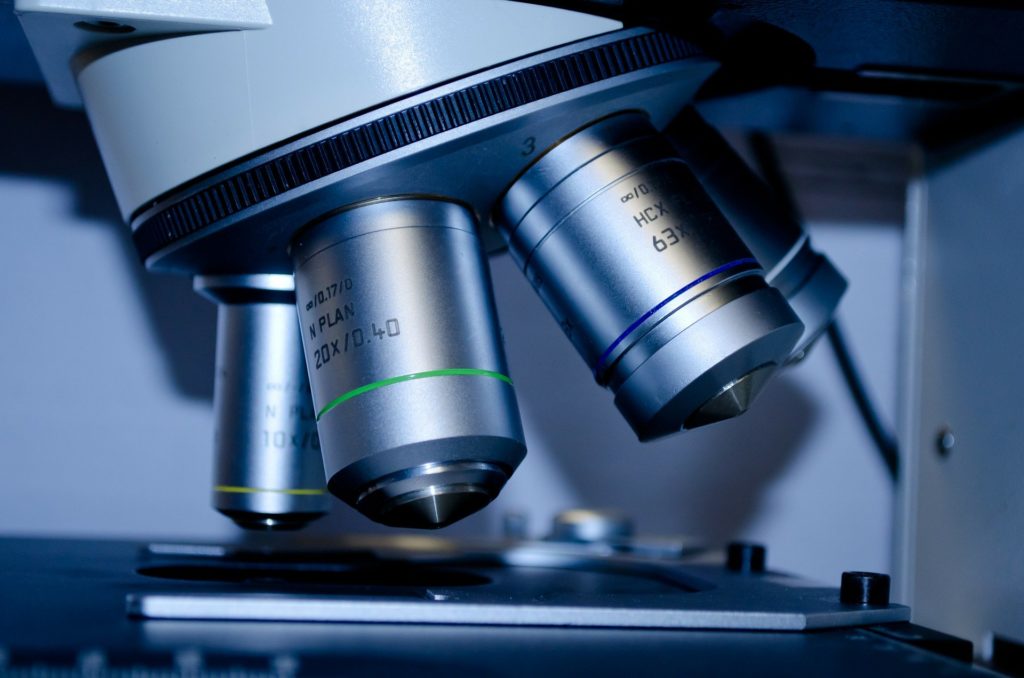Researchers around the globe keep digging deeper into the cannabis genome in order to find new information about the properties and applications of this revolutionary plant. New studies have emerged and scientists now believe that they only mapped 50% of the cannabis genome. There is still a long way ahead before the full potential of the cannabis plant can be fully understood.
Studies indicate the Cannabis genome was only half mapped


A thorough analysis of data and studies has woken scientists up. This analysis showed that only 50% of the cannabis genome has been mapped. So there is a lot to learn before the full medicinal potential of the plant can be exploited.
An international study, led by researchers from the University of Saskatchewan and published in the Annual Review of Plant Biology, examined how much researchers actually know about cannabis genetics. The study revealed that less than half of the cannabis genome – genetics – has been mapped.
If you want to know more about the cannabis genome, the properties of this revolutionary plant and to find out the latest cannabis news, download the Hemp.im mobile application.
Mapping the cannabis genome, a difficult but doable task
The research team also concluded that mapping the entire cannabis genome requires a coordinated scientific effort. However, once researchers completely discover the cannabis genome, it will greatly benefit the application of medical cannabis.
The authors of the review concluded that there are large gaps in scientific knowledge about cannabis. The team consisted of scientists from the Netherlands, Germany and the US discovered that less than 50% of the cannabis genome has been accurately mapped. Approximately 10% of the genetic code is missing, and another 10% to 25% has never been mapped.
“Given the importance of genetics in the development of any crop, this analysis underlines the need for a concerted effort to quantify the genetic and biochemical diversity of this species,” said the authors.
Plant scientist and lead author of the study, Tim Sharbel, added that “this means we don’t have the basis on which to build a molecular breeding program for cannabis. One that is comparable to what exists for other crops.”
“Developing a high-quality genetic blueprint provides building blocks for genetics-based breeding and applications for human and animal health while strengthening partnerships between academia and industry,” the scientist said.
Obtaining the missing genetic code is crucial to establishing a core set of genotypes. This collection can be used by scientists worldwide to study different cannabis characteristics.
After all, this knowledge should make us even better at breeding new types of cannabis. Species that grow and flower optimally. But, above all, cannabis varieties which can be used for specific health problems such as pain, spasticity in multiple sclerosis and a reduction in the use of opioids.
Research analysis showed the side-effects and risks of THC
The analysis also mentioned some negative short-term effects of THC, a very beneficial but also psychoactive substance in cannabis. These include reduced cognitive functions, increased anxiety and fatigue. It can also generate possible long-term effects on memory, intelligence, mental focus, and judgment, as well as dependence. These side effects only occur after the consumption of a certain dose for a long period of time.
“It is crucial to recognise cannabis and cannabinoids as medical products with benefits and associated risks, as would be the case when investigating any new drug,” according to the authors.
Finally, the team also noted that there is evidence of the development of hemp-like cannabis as a food source. This may result in a highly digestible, protein-rich food that is unlikely to cause allergic reactions.
Sharbel also noted that the recent social and government acceptance of cannabis is fuelling interest in medical applications. He is looking for partners in the medicinal plant industry to fund academic research that identifies, compares and fully utilizes the closely related genetics of cannabis, hemp, and hops.
“This initiative must be part of an industry-driven effort to exchange resources and improve cannabis, hemp, and hops for medicinal and industrial properties,” he said.
__
(Featured Image by PublicDomainPictures from Pixabay)
DISCLAIMER: This article was written by a third party contributor and does not reflect the opinion of Hemp.im, its management, staff or its associates. Please review our disclaimer for more information.
This article may include forward-looking statements. These forward-looking statements generally are identified by the words “believe,” “project,” “estimate,” “become,” “plan,” “will,” and similar expressions. These forward-looking statements involve known and unknown risks as well as uncertainties, including those discussed in the following cautionary statements and elsewhere in this article and on this site. Although the Company may believe that its expectations are based on reasonable assumptions, the actual results that the Company may achieve may differ materially from any forward-looking statements, which reflect the opinions of the management of the Company only as of the date hereof. Additionally, please make sure to read these important disclosures.
First published in Mediwietsite, a third-party contributor translated and adapted the article from the original. In case of discrepancy, the original will prevail.
Although we made reasonable efforts to provide accurate translations, some parts may be incorrect. Hemp.im assumes no responsibility for errors, omissions or ambiguities in the translations provided on this website. Any person or entity relying on translated content does so at their own risk. Hemp.im is not responsible for losses caused by such reliance on the accuracy or reliability of translated information. If you wish to report an error or inaccuracy in the translation, we encourage you to contact us.



Comments are closed for this post.